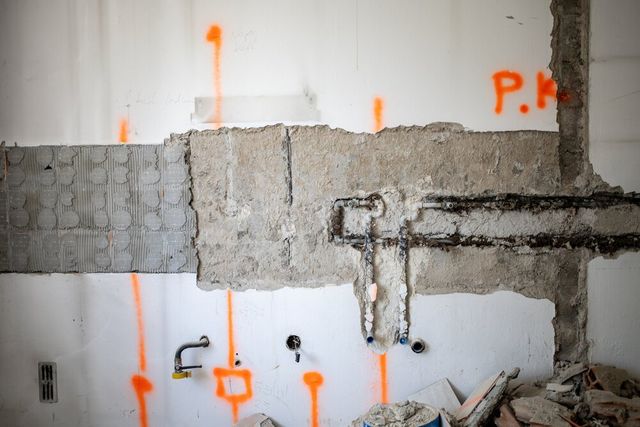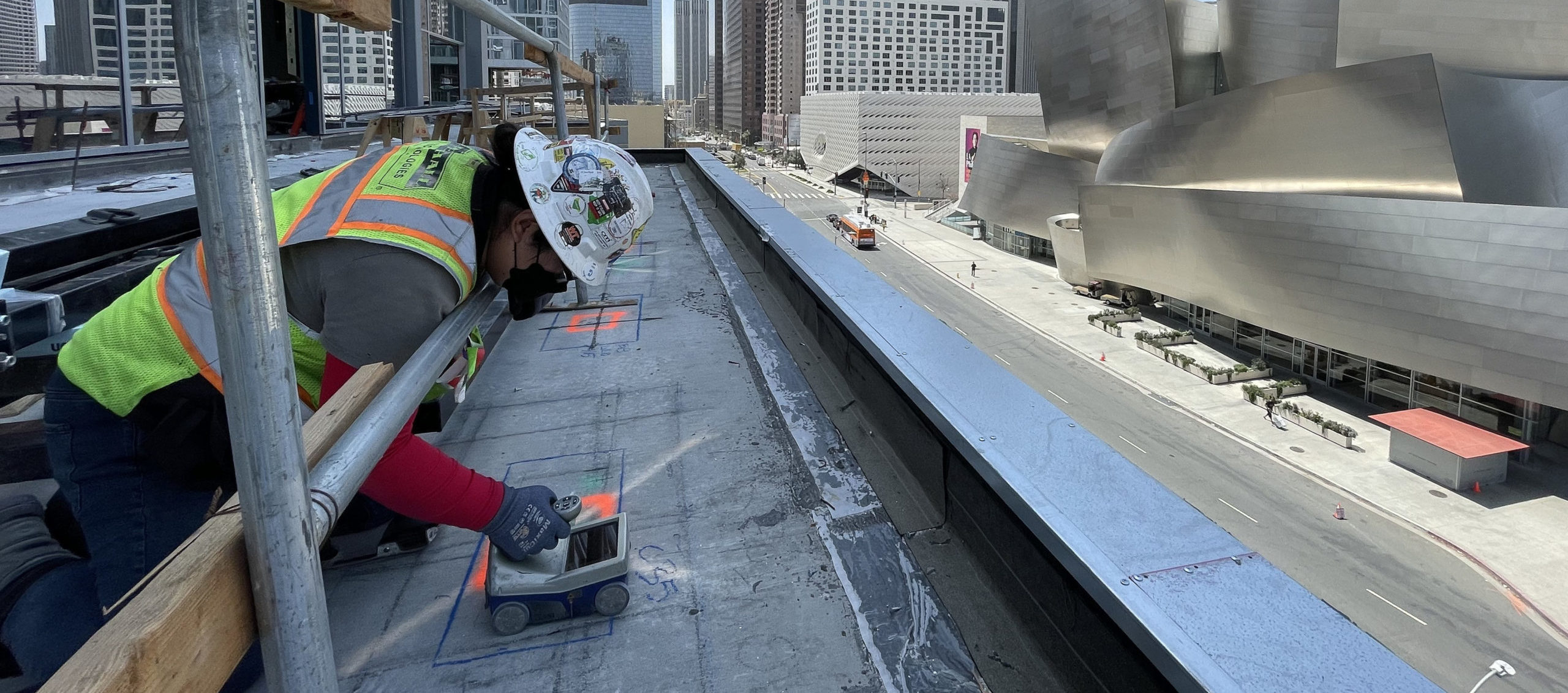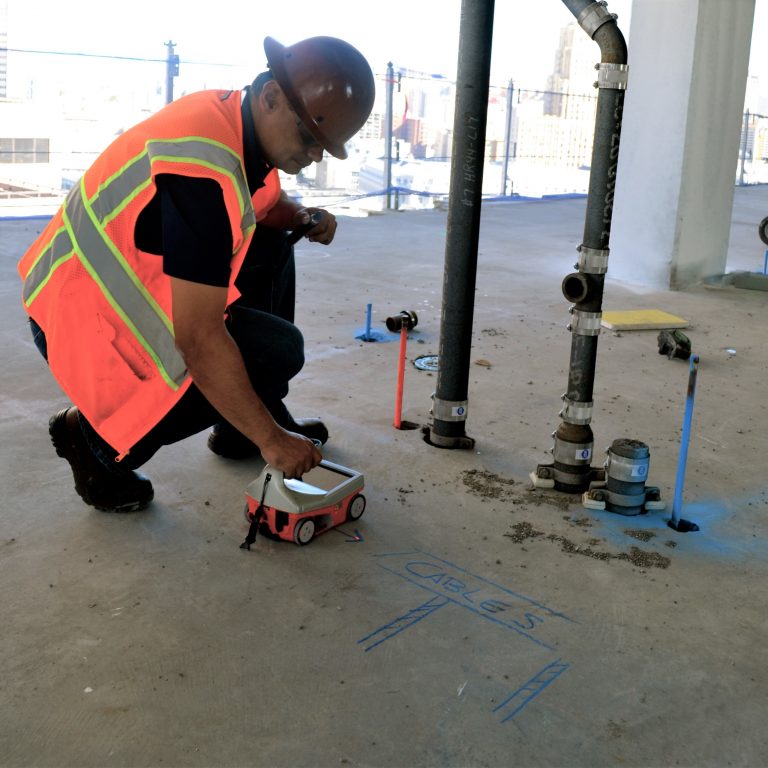Concrete Scanning: An Essential Step In The Direction Of Making Certain Structural Honesty and Security
In the world of building and construction and infrastructure maintenance, the significance of concrete scanning can not be overemphasized. This precise process holds the essential to unveiling prospective risks hidden under the surface area of seemingly solid frameworks. By employing innovative modern technology and methods, concrete scanning acts as a critical device in ensuring that the stability and safety of structures and bridges are maintained to the highest requirements. Nonetheless, beyond its surface-level effects, the role of concrete scanning expands far much deeper than fulfills the eye.
Relevance of Concrete Scanning
Concrete scanning plays a critical role in making sure the architectural stability and safety of buildings and framework projects. By utilizing innovative technologies such as ground-penetrating radar (GPR) and electromagnetic induction, professionals can non-destructively check concrete frameworks to spot prospective flaws, voids, embedded objects, and reinforcement layout. This procedure enables early detection of abnormalities that can compromise the stability of a structure, avoiding expensive problems and ensuring the security of owners.
Concrete scanning is particularly necessary during the preparation and building and construction stages of a job. Before boring, cutting, or coring into concrete, scanning helps recognize the exact places of rebar, post-tension cords, and various other ingrained components, lowering the danger of unexpected hits that can cause structural weak points. Furthermore, concrete scanning help in quality assurance by verifying the density of concrete covers and finding any kind of inconsistencies that may influence the overall resilience of the framework. Eventually, investing in concrete scanning services is not only an aggressive step to minimize risks but likewise a fundamental action in the direction of preserving the long-term security and stability of structures and infrastructure.
Modern Technology for Concrete Examination

Advantages of Early Detection
Timely detection of structural issues can significantly reduce risks and make sure the durability of building and construction tasks. By recognizing possible problems early on in the construction procedure, stakeholders can take proactive measures to attend to concerns prior to they rise right into bigger and much moved here more expensive problems. One of the essential benefits of very early discovery is the avoidance of structural failures, which can pose major security threats and lead to project hold-ups and economic losses.
In addition, early detection permits for prompt fixings and maintenance, which can help expand the life-span of the framework. By resolving problems quickly, construction teams can prevent costly fixings or perhaps the demand for early replacement of architectural components. This proactive approach not only conserves money and time but also boosts the general safety and resilience of the construction task.
Furthermore, very early detection can boost job preparation and decision-making by offering stakeholders with beneficial insights right into the problem of the structure. Equipped with this details, job managers can make informed selections regarding construction methods, timelines, and materials, resulting in more effective and reliable task end results.
Making Certain Architectural Stability
Guaranteeing the structural stability of a construction project is vital to its safety and security and long life. Structural stability refers to the capability of a building or framework to keep its form and function under ecological problems and different lots. To attain this, extensive analysis and tracking of the framework are crucial. Concrete scanning plays an important role in making certain architectural stability by discovering prospective issues such as gaps, delamination, or reinforcement rust that could endanger the integrity of the framework with time.
By making use of innovative scanning innovations like ground-penetrating radar (GPR) and why not find out more electromagnetic induction, building and construction experts can non-invasively inspect concrete frameworks to determine locations of concern beneath the surface area. This proactive strategy enables for the very early detection of issues or weaknesses, making it possible for timely repairs or reinforcement to avoid architectural failings.
Normal concrete scanning during various building and construction stages and throughout the life cycle of a framework can help keep its security, mitigate dangers, and ensure the security of occupants. By focusing on architectural stability via concrete scanning, building and construction jobs can boost their resilience and longevity, ultimately adding to greater safety and durability.
Protecting Against Crucial Failings
To protect against disastrous occasions, careful monitoring and proactive maintenance are important in averting essential failings within architectural structures. Spotting potential problems prior to they intensify is crucial to avoid structural failings. Applying regular evaluations, such as concrete scanning, can disclose surprise flaws like spaces, fractures, or deterioration that might jeopardize the stability of a structure. By using sophisticated scanning innovations like Ground Permeating Radar (GPR) or Concrete X-ray, engineers can non-destructively assess the condition of concrete and identify powerlessness that call for support or repair work - RainierGPR Service Areas.

Conclusion
To conclude, concrete scanning plays a critical click for source role in making sure architectural integrity and security by making use of innovative modern technology for very early discovery of prospective concerns. This positive technique aids stop important failures and ensures the stability of structures. It is necessary to focus on concrete examination as a basic practice to protect the durability and security of buildings and facilities.
Concrete scanning plays a critical role in making sure the structural integrity and safety of structures and framework tasks. In addition, concrete scanning help in high quality control by confirming the density of concrete covers and discovering any discrepancies that might affect the total durability of the framework. Concrete scanning plays a critical function in guaranteeing structural security by finding potential concerns such as voids, delamination, or reinforcement rust that could endanger the stability of the structure over time.

In final thought, concrete scanning plays a crucial function in guaranteeing structural integrity and safety and security by utilizing sophisticated innovation for very early detection of possible problems.
Comments on “RainierGPR Service Areas: Leading Concrete Scanning Solutions Throughout Regions”